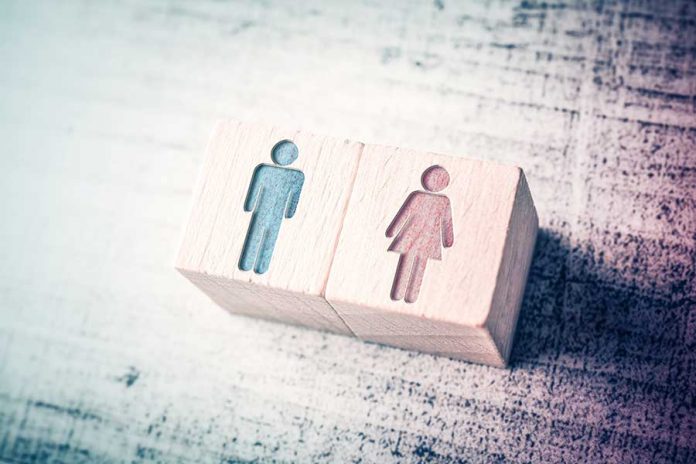In the largest study of trans children to date, a team of researchers from across the country found that trans kids living as their authentic gender develop their gender identity the same as cisgender youngsters.
The November study, edited by Susan T. Fiske of Princeton University and published in PNAS, followed 317 trans kids ages 3 to 12 living as their authentic gender, but who hadn’t medically transitioned. It also documented the experiences of 189 of the subjects’ siblings and 316 unrelated cis children. The study aimed to determine how the nature versus nurture child-rearing debate plays a role in trans children’s development.
“Our findings suggest that early sex assignment and parental rearing based on that sex assignment do not always define how a child identifies or expresses gender later,” the research team wrote.
The team, based out of Washington, Michigan and Arizona, discerned that trans kids show preferences and behaviors associated with their authentic gender instead of assigned gender, “gender-typed preferences” did not differ from that of cis subjects and gender development followed the same progression in trans and cis children.
“Finally, we observed minimal or no differences in gender identity or preferences as a function of how long transgender children had lived as their current gender,” the researchers noted.
The study’s authors met individually with participants and their parents at homes, conferences and camps. Researchers asked questions about specific aspects of life that are typically connected to gender and evaluated participants’ sense of their gender identity.
Trans children gravitate toward the toys, clothing and friendships stereotypically associated with their chosen gender, just as their cis peers act in relation to their assigned gender, the study found.
“Trans kids are showing strong identities and preferences that are different from their assigned sex,” said lead author Selin Gülgöz, who did the work as a postdoctoral researcher at the University of Washington. “There is almost no difference between these trans- and cisgender kids of the same gender identity — both in how, and the extent to which, they identify with their gender or express that gender.”
In both the trans and cisgender control groups, about one-third of participants were boys and two-thirds were girls. The kids were 8 years old on average. Among the cis siblings who were studied, the mean age was also 8, with slightly more boys than girls. When asked to identify their gender, a near equal amount of cis and trans youngsters — 83 percent and 84 percent, respectively — named their current gender.
“While in both groups there were, for example, some tomboys, on average, most transgender girls, like their cisgender counterparts, wore stereotypically feminine clothing, chose toys such as dolls to play with, preferred playing with female playmates, and identified themselves clearly as girls, and not boys,” said Kristina Olson, the study’s senior author. ”Thus the transgender group looked similar to the cisgender group in both the range of responses and the most common responses.”
All members of the study had at least some documented family support in their gender identity. Parents provided researchers with baby photos chronicling social events like birthdays and holidays to detail what a child wore or what their room looked like from birth through toddlerhood. The images demonstrated that early socialization in line with assigned gender at birth didn’t have a future impact on children’s gender preferences and identities.
This suggests that trans children may be “self-socializing” to learn how to “be” their current gender, Gülgöz said.
“Kids aren’t passive about their environment,” Gülgöz added. “Once they have a sense of their gender identity, they will look for cues from their environment, noticing what society’s expectations are, and attending to information about the gender they identify as.”
The study was funded by the National Science Foundation, the National Institute of Child Health and Human Development and the Arcus Foundation.
